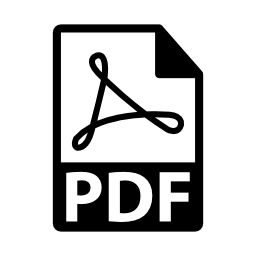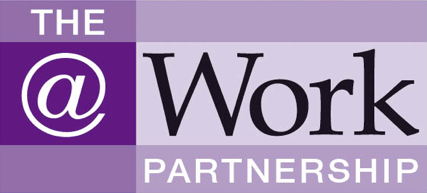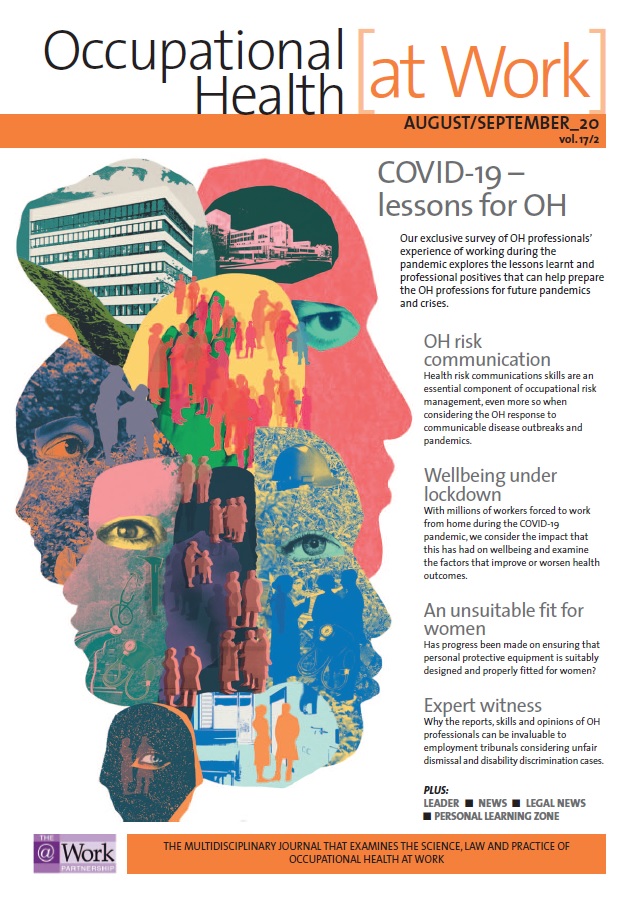August/September 2020 (vol. 17/2)
ContentsFeaturesNewsLegal
NewsResearch DigestResearch PlusCPD
 Personal Learning Zone in this issue
Personal Learning Zone in this issue
Summary:
FEATURED ARTICLES
This issue of Occupational Health [at Work] features a Personal Learning Zone (PLZ) article recommended for continuing professional development (CPD). The assignment questions, ‘Personal learning statement’ and ‘Certificate of engagement’ are available to subscribers at here. These will also be stored in your password-protected PLZ. The PLZ will help you document your own CPD. Occupational health physicians and nurses, occupational hygienists and other professionals can use the resource in support of their specialism’s revalidation or CPD requirements..
Pages 22–28. Occupational health risk communication. The COVID-19 pandemic has highlighted the importance of effective health risk communication. This is a vital part of OH risk management and practitioners need to ensure they have the necessary skills. As well as communications strategies and techniques, they need to understand the complexities and uncertainties of risk and appreciate the knowledge, concerns and values of the target audience, whether they be managers, employees or members of the public.
ADDITIONAL CPD
The following articles, news and research items are suggested reading for CPD and professional revalidation. Subscribers can complete their online Personal Learning Zone CPD record at here
Page 8. The Association of Local Authority Medical Advisors has issued a free-to-use tool to help OH professionals assess a worker’s vulnerability to COVID-19. Using a risk-scoring system, it enables the estimation of a person’s ‘COVID-age’ based on a combination of risk factors, including, age, sex, ethnicity and health problems.
Pages 11–14. A complex sickness absence and disability case examined by the Employment Appeal Tribunal highlights important practice and legal issues, including the need to follow established absence policies and obtain up-to-date, relevant medical evidence. Employers need to take appropriate steps to ensure that their actions are proportionate means of achieving their legitimate aims.
Pages 15–21. OH professionals should play a significant part in developing business-continuity plans for their organisations, learning from the experience of the COVID-19 pandemic. For OH departments, this should include implementing facilities for remote health surveillance and secure online access to OH records.
Pages 29–34. It is important to ensure regular line-manager contact with workers forced to work from home during the pandemic; however, it is equally important to recognise the health and wellbeing needs of line managers.
Pages 43–46. Our compendium of recent research includes a randomised controlled trial of a workplace wellbeing programme, a Cochrane systematic review of PPE used to prevent infectious diseases among healthcare staff, and research on hand–arm vibration syndrome.
Author: The At Work Partnership Ltd
Occupational Health at Work August/September 2020 (vol. 17/2) pp47



